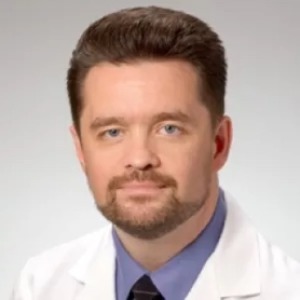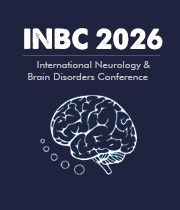Neurofibrillary
Neurofibrillary tangles, also known as NFTs, are clumps of protein filaments found in neurons in the brain. They are made up of twisted strands of a protein called tau. They are a common feature of many neurodegenerative diseases, such as Parkinson's and Alzheimer's, but can also be found in conditions such as frontotemporal dementia and progressive supranuclear palsy. They cause damage to neurons in the brain, leading to impaired communication and function between brain cells. NFTs occur when the tau protein abnormally binds to itself, forming tangled formations inside the neurons. This prevents the tau from playing its proper role in the neuron. Normally, the tau protein helps to stabilize microtubules, which provide structure to the neuron and help to transport other proteins and metabolic substances such as neurotransmitters. Without tau, microtubules cannot form, leading to disruption of neuronal communication. The causes of NFT formation are not yet well understood. Some studies suggest that age-related changes in the brain, such as oxidative stress, are the primary cause. Other potential causes include increased intracellular calcium, a deficiency in the enzyme gamma-secretase, and changes in energy production in the cell. The exact role of NFTs in neurodegenerative diseases is also unclear. Recent research suggests that their presence is not necessarily the cause of the disease, but instead that they are more of a symptom of the underlying pathogenic process. In other words, the NFTs themselves are not likely to be directly causing the cell death but are instead a byproduct of a larger molecular cascade. NFTs cannot be completely cured, but their progression can be slowed down with various treatments such as pharmacological treatment, lifestyle changes, and physical and occupational therapy. In addition, research is ongoing to find ways to better diagnose the presence of NFTs and to better understand their role in neurodegenerative disease.

Joe Sam Robinson
Mercer University, United States
Robert B Slocum
University of Kentucky HealthCare, United States
George Diaz
Memorial Healthcare Systems, United States
Daniel Curry
Texas Children’s Hospital, United States
Zhenhuan Liu
Guangzhou University Chinese Medicine, China
Kiran Ghotra
Lake Erie College of Osteopathic Medicine, United States




Title : Atypical presentation of Juvenile myoclonic epilepsy in a 16-year-old female: A Case Report
George Diaz, Memorial Healthcare Systems, United States
Title : What we don’t know about hydrocephalus and It’s management
Daniel Curry, Texas Children’s Hospital, United States
Title : Artificial intelligence-driven DWI and FLAIR for the detection of early stroke changes: A systematic review
Shari L Guerra, The Medical City, Philippines
Title : Mapping neuroplasticity in occupational therapy: Evidence-based interventions with measurable neural outcomes
Jessica Marchant, Texas Woman's University, United States
Title : Non-pharmacologic management of orthostatic hypotension in inpatient rehabilitation: A quality improvement initiative
Laura Steakin, Rehabilitation Institute at Sinai, United States
Title : Non-pharmacologic management of orthostatic hypotension in inpatient rehabilitation: A quality improvement initiative
Mackenzie Weber, Rehabilitation Institute at Sinai, United States